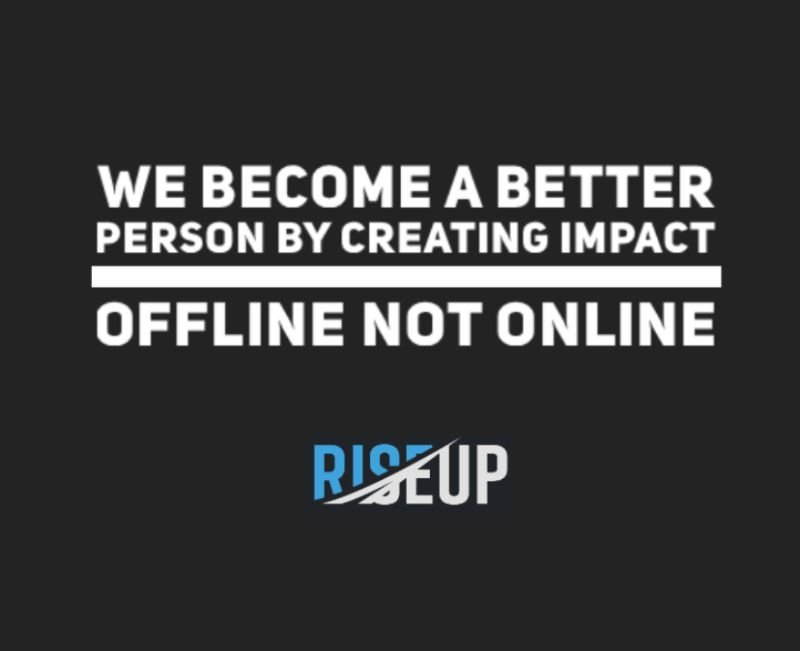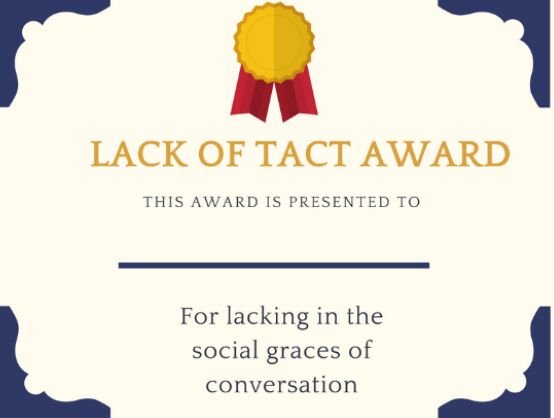
Great opportunities abound for a new baby food product in Liberia.
The product underwent extensive research and design and considered the Liberians’ unique dietary habits. The company shipped a large volume of the products into the country, launched its products with a baby picture on them, and coupled with extensive promotions and free samples for parents to try with their kids.
The result? It flopped!
It is not because the product is not working but because of the baby picture on the front of the jar. What?
It was only found out later that African distributors usually place pictures of the contents on their labels, and placing a jar with a baby picture on the front created a different meaning altogether. Oops!
This is just one of the numerous exciting stories of what happens when we are not managing diversity consciously.
If we look around us, hospitals receive patients from all over the world, especially when Singapore is a medical hub.
Hospitals engage interpreters to support the local surgeon in explaining the medical conditions to a patient from Vietnam or Dubai. After all, if you are a patient, you want to know why you are operated on.
And this is an accurate picture of our workplace today, where a professional may quickly encounter 10 to 12 cultural contexts in a single day.
Nearly 90 per cent of leading executives from 68 countries shared the concern for cross-cultural leadership as the top leadership challenge for the next century.
The top of the list includes areas like understanding how to manage diverse customers, recruit and develop cross-cultural talent, manage diverse teams and adopt an adaptive leadership style while demonstrating respect and building trust.
How do we ensure that our culturally diverse environment can thrive?
This is an exciting time where multiple possibilities can be created if leaders and businesses know how to manage better and engage multiple talented and diverse perspectives. If managed well, this is an excellent opportunity and must be managed consciously.
I will share four pointers for leading across diversity using the acronym – MIKA.
#MOTIVATOR
Find a Motivator to know more about this person; curiosity is a motivator. This is an essential and first ingredient in ensuring that you are creating the right chemistry with your co-workers from another culture. Being curious will motivate you to understand and appreciate why your co-workers are doing what they are doing.
For example, in a conversation between an American and an Italian, an American may assume that “now that we are friends, there is no need for argument”.
However, the Italians don’t think so. In fact, for them, “now that we are friends, we can have a REAL argument”. It might not be harmful if they argue with you, now that you know they see you differently – a true friend! Adopting curiosity as a motivator will prompt you to ask questions and seek clarification if necessary to avoid the unnecessary.
#INSPIRE STRATEGY
This refers to igniting a strategy in managing the process.
This helps you in managing expectations from both sides. Suppose you have learned that your German counterparts adopt a shared leadership approach by seeking consensus from all parties. In that case, you might be able to manage their expectations better by sharing with them the norms in Singapore or, specifically, your organization in this part of the world.
The same company does not operate similarly across the globe. This is about what is more helpful from the information you have gathered.
Don’t try to get it right the first time. If you appreciate the person and seek an effort to understand them, they will notice and will not fault you for it.
People are more magnanimous than you think if you appreciate them.
#KNOWLEDGE
Acquiring knowledge of their culture is essential. However, we can’t know every culture across the globe. Most training would emphasize too much understanding the cultural context in which they operate and, therefore, behaviour. This might not be useful as the primary indicator of how to work with them, as it is just a broad categorization of the behaviour.
Acquiring knowledge of the culture is helpful if you meet a business associate for the first time, where you do not have the luxury of understanding your counterpart on a social, informal level. The knowledge gained will help you to manoeuvre the meeting consciously.
#ACTION
This is about exhibiting helpful behaviours to accelerate the progress and relationship forward. We are referring to behavioural flexibility. For example, not all German, Australians, American or Asian counterparts might behave the same as your book says.
Exhibit behavioural flexibility and work with your guts.
For example, an Australian and a Filipino met in a business meeting for the first time. The Australian acquired knowledge about the Philippine culture understood that trust building is a priority, and decided not to talk about money and terms. Still, it turned out that the person was open to discussing the fees at the first meeting.
Be flexible. Adopt behaviour that enabled the process during that moment.
This is Joseph@RISEUP Signing Off.
May You TRANSFORM, FLOURISH AND PROSPER in the brand new world!
#riseup #riseupglobal #showup #leadership #team #motivation #inspiration #motivation #influence #cultural

